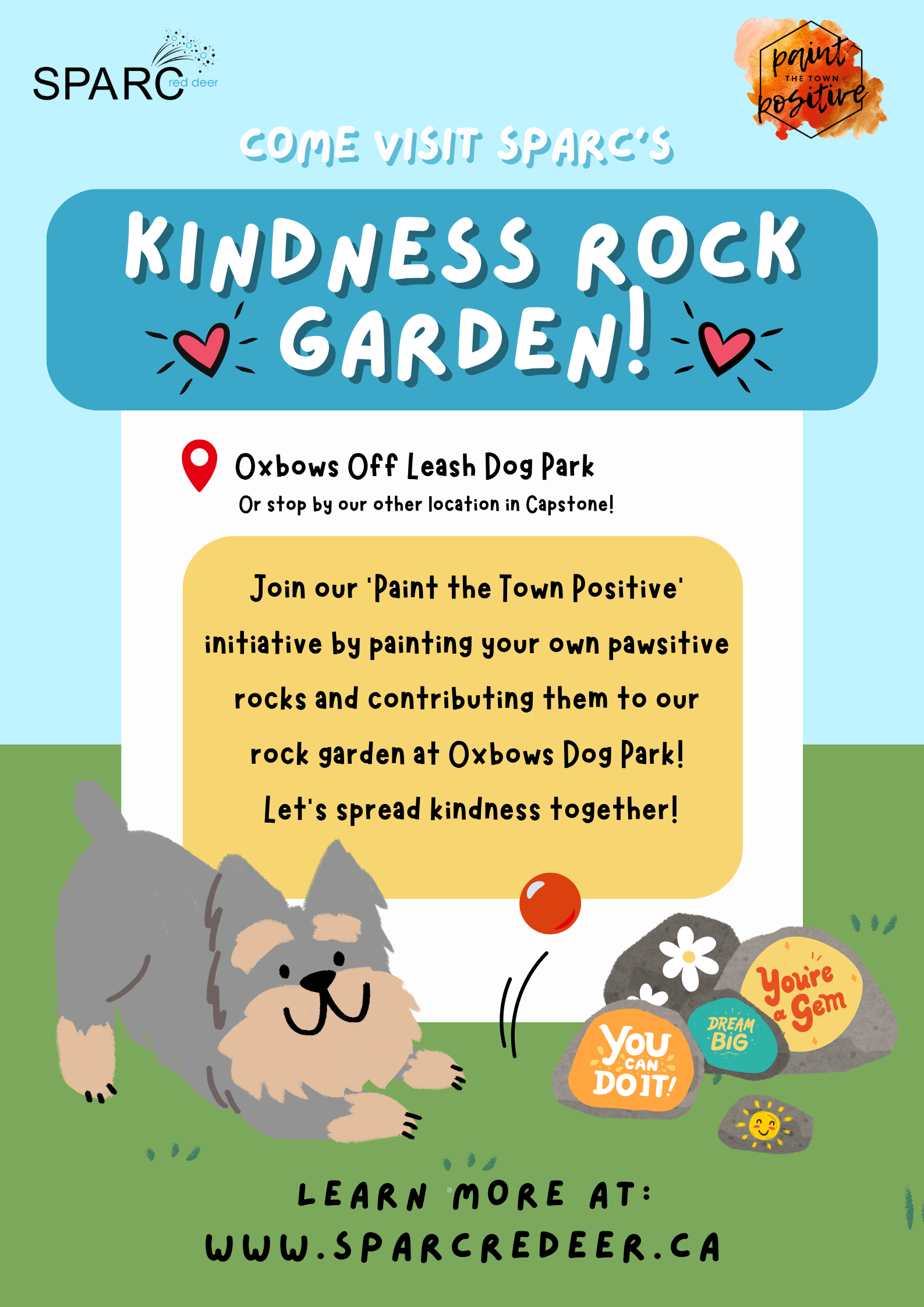Economy
Immigration crisis is absolutely “On Purpose” Center for Immigration Studies testifies

Citizens of western nations all over the world have been dumbfounded by the absolute collapse of immigration services in country after country. Until very recently, agencies in charge of the flow of people into their nations did a reasonable job of securing borders. Then something changed.
What used to be a trickle of illegal immigrants has turned into a torrent of millions. Since 2020, over ten million illegals have entered the southern US. This week San Diego’s former Border Patrol Chief Agent Aaron Heitke testified at a hearing by the U.S. House Committee on Homeland Security that far more than ten million illegals have entered. Heitke says border patrol agents were so entirely overwhelmed “80% to 90%, sometimes 100% of the agents on duty [were taken] away from” the southwest border. There were miles of the border unmanned in Texas, Arizona and California, he said, where there was “no agent presence for weeks and months at a time.” This means of course that the unofficial number of migrant “gotaways” is far larger than the already shocking official numbers.
In Canada, illegal immigrants take a different path but the results are similar in terms of the percentage of immigrants compared to the general population. Most undocumented migrants in the US pour in through the southern border. Canada’s undocumented migrants tend to enter the county legally as refugee claimants, or with valid student, work, or visitor visas. Then they simply stay. While the official immigration numbers are in the 500,000 range, the undocumented migrants are easily twice that number. As a result Canada’s population is absolutely skyrocketing, putting pressure on anyone trying to buy a home, making a lot more competition for entry level jobs, and contributing to inflation as the economy plays catch up with the number of consumers.
The influx of people into western nations has caught citizens off guard. The question is, are the governments of western nations also surprised? It’s obvious that something is broken. The way our governments protect borders has changed in each of these nations (and it’s different in nations where people can simply walk over the border compared to nations like Canada and the UK where that’s not possible).
Another question is, who’s even looking into this? In times past we’d expect governments to hold inquiries into such nation challenging events. Failing that, the media would be up in arms, demanding government officials do their jobs and investigating how things fell apart. In nation after nation, the traditional media doesn’t seem all that interested. Surprising, because with an election bearing down on America, alternative news sites are reporting growing concerns millions of illegal immigrants will have access to voter registration forms and may help to choose the next President.
A research organization called Centre for Immigration Studies has found itself swamped in the 2020’s trying to keep track of what’s happening and who’s coming to the US. The Executive Director of The Center for Immigration Studies testified this week at an Oversite Committee Hearing into Biden Immigration Policies. The CIS is the nation’s only think tank devoted exclusively to the research of U.S. immigration policy to inform policymakers and the public about immigration’s far-reaching impact. Executive Director Mark Krikorian is one of the few people watching government specifically to answer questions such as “Is the largest border crisis in history some kind of accident?” His answer is stunning and disturbing.
“The largest border crisis in the history of our country, probably the largest such event in human history, began on January 20th, 2021, ON PURPOSE, not due to incompetence.”
FINALLY some truth-telling in Congress!pic.twitter.com/l97R9uuPCq
— Kyle Becker (@kylenabecker) September 19, 2024
While this testimony applies to the United States, it very likely points to similar situations in other western nations. The question for Canadians is, who’d looking into this in Canada?
Automotive
Federal government should swiftly axe foolish EV mandate

From the Fraser Institute
Two recent events exemplify the fundamental irrationality that is Canada’s electric vehicle (EV) policy.
First, the Carney government re-committed to Justin Trudeau’s EV transition mandate that by 2035 all (that’s 100 per cent) of new car sales in Canada consist of “zero emission vehicles” including battery EVs, plug-in hybrid EVs and fuel-cell powered vehicles (which are virtually non-existent in today’s market). This policy has been a foolish idea since inception. The mass of car-buyers in Canada showed little desire to buy them in 2022, when the government announced the plan, and they still don’t want them.
Second, President Trump’s “Big Beautiful” budget bill has slashed taxpayer subsidies for buying new and used EVs, ended federal support for EV charging stations, and limited the ability of states to use fuel standards to force EVs onto the sales lot. Of course, Canada should not craft policy to simply match U.S. policy, but in light of policy changes south of the border Canadian policymakers would be wise to give their own EV policies a rethink.
And in this case, a rethink—that is, scrapping Ottawa’s mandate—would only benefit most Canadians. Indeed, most Canadians disapprove of the mandate; most do not want to buy EVs; most can’t afford to buy EVs (which are more expensive than traditional internal combustion vehicles and more expensive to insure and repair); and if they do manage to swing the cost of an EV, most will likely find it difficult to find public charging stations.
Also, consider this. Globally, the mining sector likely lacks the ability to keep up with the supply of metals needed to produce EVs and satisfy government mandates like we have in Canada, potentially further driving up production costs and ultimately sticker prices.
Finally, if you’re worried about losing the climate and environmental benefits of an EV transition, you should, well, not worry that much. The benefits of vehicle electrification for climate/environmental risk reduction have been oversold. In some circumstances EVs can help reduce GHG emissions—in others, they can make them worse. It depends on the fuel used to generate electricity used to charge them. And EVs have environmental negatives of their own—their fancy tires cause a lot of fine particulate pollution, one of the more harmful types of air pollution that can affect our health. And when they burst into flames (which they do with disturbing regularity) they spew toxic metals and plastics into the air with abandon.
So, to sum up in point form. Prime Minister Carney’s government has re-upped its commitment to the Trudeau-era 2035 EV mandate even while Canadians have shown for years that most don’t want to buy them. EVs don’t provide meaningful environmental benefits. They represent the worst of public policy (picking winning or losing technologies in mass markets). They are unjust (tax-robbing people who can’t afford them to subsidize those who can). And taxpayer-funded “investments” in EVs and EV-battery technology will likely be wasted in light of the diminishing U.S. market for Canadian EV tech.
If ever there was a policy so justifiably axed on its failed merits, it’s Ottawa’s EV mandate. Hopefully, the pragmatists we’ve heard much about since Carney’s election victory will acknowledge EV reality.
Economy
The stars are aligning for a new pipeline to the West Coast

From Resource Works
Mark Carney says another pipeline is “highly likely”, and that welcome news.
While attending this year’s Calgary Stampede, Prime Minister Mark Carney made it official that a new pipeline to Canada’s West Coast is “highly likely.”
While far from a guarantee, it is still great news for Canada and our energy industry. After years of projects being put on hold or cancelled, things are coming together at the perfect time for truly nation-building enterprises.
Carney’s comments at Stampede have been preceded by a number of other promising signs.
At a June meeting between Carney and the premiers in Saskatoon, Alberta Premier Danielle Smith proposed a “grand bargain” that would include a privately funded pipeline capable of moving a million barrels of oil a day, along with significant green investments.
Carney agreed with Smith’s plan, saying that Canada needed to balance economic growth with environmental responsibility.
Business and political leaders have been mostly united in calling for the federal government to speed up the building of pipelines, for economic and strategic reasons. As we know, it is very difficult to find consensus in Canada, with British Columbia Premier David Eby still reluctant to commit to another pipeline on the coast of the province.
Alberta has been actively encouraging support from the private sector to fund a new pipeline that would fulfil the goals of the Northern Gateway project, a pipeline proposed in 2008 but snuffed out by a hail of regulations under former Prime Minister Justin Trudeau.
We are in a new era, however, and we at Resource Works remarked that last month’s G7 meeting in Kananaskis could prove to be a pivotal moment in the history of Canadian energy. An Ipsos poll found that Canada was the most favoured nation for supplying oil in the G7, and our potential as an energy superpower has never been more important for the democratic world, given the instability caused by Russia and other autocratic energy powers.
Because of this shifting, uncertain global climate, Canadian oil and gas are more attractive than ever, and diversifying our exports beyond the United States has become a necessity in the wake of Donald Trump’s regime of tariffs on Canada and other friendly countries.
It has jolted Canadian political leaders into action, and the premiers are all on board with strengthening our economic independence and trade diversification, even if not all agree on what that should look like.
Two premiers who have found common ground are Danielle Smith and Ontario Premier Doug Ford. After meeting at Stampede, the pair signed two memorandums of understanding to collaborate on studying an energy corridor and other infrastructure to boost interprovincial trade. This included the possibility of an eastward-bound pipeline to Ontario ports for shipping abroad.
Ford explicitly said that “the days of relying on the United States 100 percent, those days are over.” That’s in line with Alberta’s push for new pipeline routes, especially to northwestern B.C., which are supported by Smith’s government.
On June 10, Resource Works founder and CEO Stewart Muir wrote that Canadian energy projects are a daunting endeavour, akin to a complicated jigsaw puzzle, but that getting discouraged by the complexity causes us to lose sight of the picture itself. He asserted that Canadians have to accept that messiness, not avoid it.
Prime Minister Carney has suggested he will make adjustments to existing regulations and controversial legislation like Bill C-69 and the emissions cap, all of which have slowed the development of new energy infrastructure.
This moment of alignment between Ottawa, the provinces, and other stakeholders cannot be wasted. The stars are aligning, and it will be a tragedy if we cannot take a great step into the future of our country.
-

 Crime1 day ago
Crime1 day ago“This is a total fucking disaster”
-

 International2 days ago
International2 days agoChicago suburb purchases childhood home of Pope Leo XIV
-

 Fraser Institute1 day ago
Fraser Institute1 day agoBefore Trudeau average annual immigration was 617,800. Under Trudeau number skyrocketted to 1.4 million annually
-

 Daily Caller2 days ago
Daily Caller2 days agoBlackouts Coming If America Continues With Biden-Era Green Frenzy, Trump Admin Warns
-

 MAiD1 day ago
MAiD1 day agoCanada’s euthanasia regime is already killing the disabled. It’s about to get worse
-

 Daily Caller2 days ago
Daily Caller2 days ago‘I Know How These People Operate’: Fmr CIA Officer Calls BS On FBI’s New Epstein Intel
-

 Red Deer1 day ago
Red Deer1 day agoJoin SPARC in spreading kindness by July 14th
-

 Business1 day ago
Business1 day agoPrime minister can make good on campaign promise by reforming Canada Health Act






